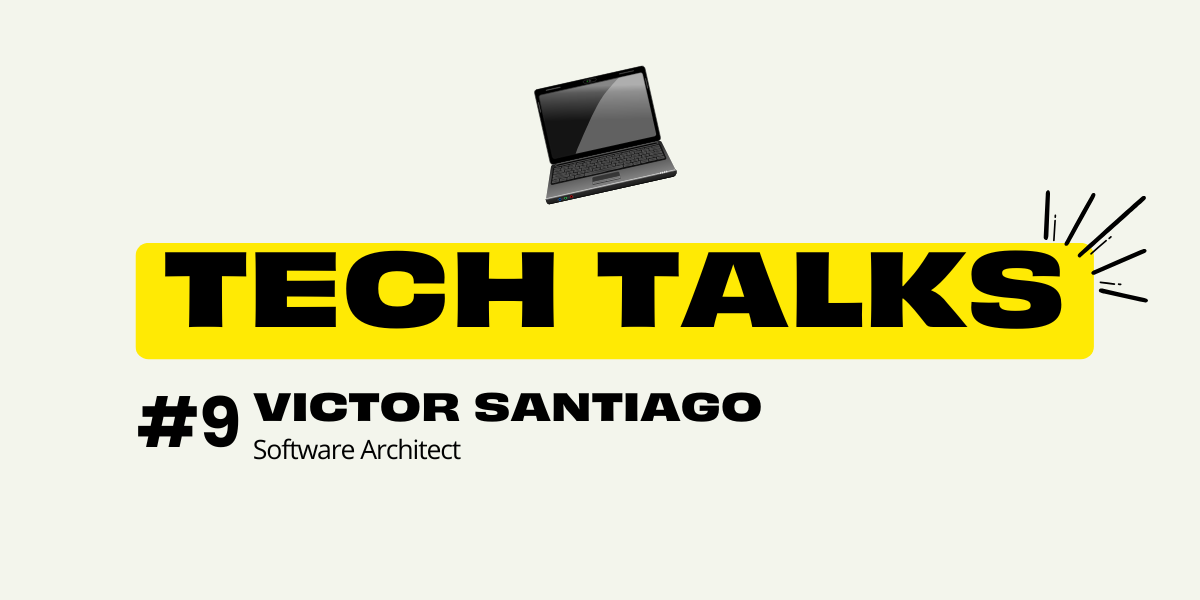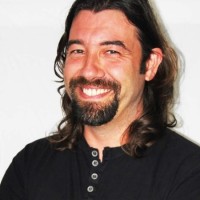
Change Architecture: A Conversation with Victor Santiago

Victor Santiago has built his career at the technological forefront of the aviation industry, supporting Vueling in migrating legacy systems to the cloud and evolving its software stack. As a member of the Cloud Continuous Delivery team and a key support for Customer Care, he ensures product delivery and continuous improvement of the CRM. In this interview, he discusses the challenges of modernising complex systems, lessons learned from large-scale migrations, and how technology directly drives efficiency and enhances the customer experience.
Hi Victor, thank you for joining us in this new edition of Talent-R Tech Talks. To start, what were the main challenges in migrating legacy applications to the cloud, and how did you define a strategy that generated a real impact on the business?
“The biggest challenge was managing the sheer number of applications and the dependencies between them. Before moving anything, we had to organize the entire application landscape, identify those dependencies, and only then could we begin to cut the “threads” that connected them.
Another major challenge was dealing with transversal applications, those that served other applications. Whenever we tried to migrate one, we ended up dragging many others with it, much like lifting a slice of pizza and dragging all the cheese and toppings along.
Over time, we realised that it didn’t make sense to move everything. We shifted from an “everything to the cloud” mindset to “only what really needs to be in the cloud.” This allowed us to identify obsolete systems and carry out a cleanup.
Once we migrated the critical and high-value components, we confirmed that many of our metrics had improved significantly.”
“One should not fear making mistakes; one must be prepared for when they happen.”
As a software architect, what key factors do you consider when deciding which technologies or architectures to adopt in a high-traffic environment such as an airline?
“It’s not an easy question. The first step is to admit that the system is complex, though not necessarily complicated.
In a system like ours, I believe the key or decisive factors depend more on the subsystems than on finding a single solution for the entire system. Each piece has its own purpose, so each part of the system must be assessed individually. Some subsystems require high-speed response times; others prioritise data reliability or stability. Based on that, we select the technology and architecture that best meets the main need of the subsystem. In the end, a global solution emerges that delivers the best outcome for the overall system.”

The migration to Salesforce seems like a major project. What benefits do you expect in terms of customer satisfaction, and what lessons have you learned from the process so far?
“The move from Siebel to Salesforce was an ambitious and very revealing project. We started with perhaps too much optimism and soon realised that it was not as simple as it seemed.
Since then, we’ve embraced caution and applied the most relevant concepts of the agile culture: such as fast feedback, starting projects by defining MVPs, and focusing on delivering real value. We also understood that one of the keys is not to underestimate the processes that are not visible but can be critical to us.
Technology rarely sets the limits; processes do. That is why continuous review and constant learning are essential.”
How do you balance the need to evolve the technology stack while ensuring that critical systems continue to operate without interruptions?
“We analyse systems over different time horizons. Critical systems must perform well and at their best “today” but evolving the technology stack means ensuring they perform equally well – or better – tomorrow.
It is better to evolve with direction and in phases than to rebuild the entire system after a collapse. Personally, I always design with the assumption that I could be wrong. That mindset keeps you in alert, makes you invest more effort in remedies, encourages contingency plans, and helps you learn from mistakes.
One should not fear making mistakes; one must be prepared for when they happen.”
From a technical perspective, many changes are not visible to the end user. How do you think your team’s work ultimately impacts the passenger who books a ticket or manages a flight change?
“More than 80% of our lines of code support critical processes that passengers never see – yet without them, nothing would work.
For instance, when a passenger automatically receives a refund or a seat reassignment after a cancellation, that’s thanks to a series of complex processes and algorithms operating in the background.
Although the passenger does not perceive it directly, every line of code is designed to enhance their experience. Everything we develop has the customer at the center.”
Looking ahead, which technological trends (AI, microservices, hybrid cloud, etc.) do you consider most relevant for the future of airlines like Vueling?
“We closely follow the evolution of the entire technology ecosystem, both in terms of architecture and innovation. Without a doubt, AI is the main driver right now. It is changing not only the tools we use but also how a developer should think, design, and create solutions.
But I am also very excited about quantum programming and the potential of its combination with AI. That fusion could open doors that we can’t even imagine today.”



